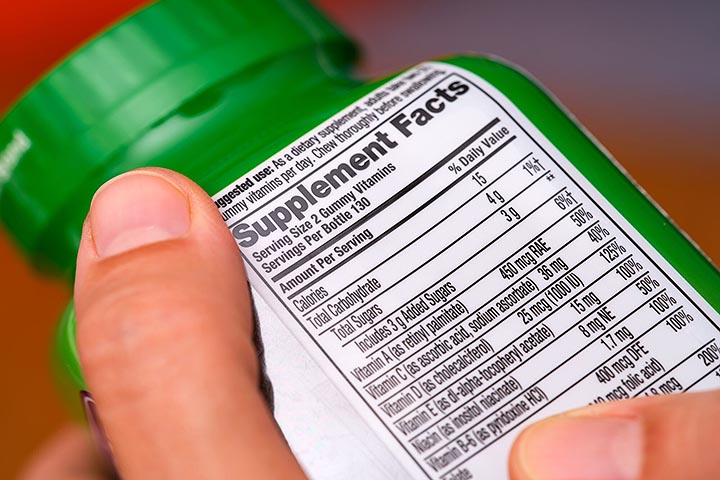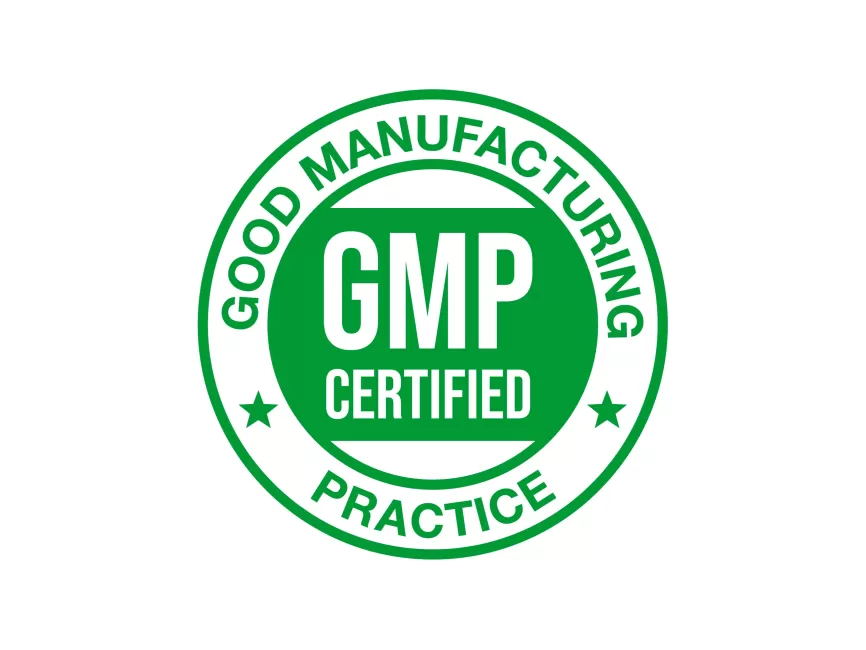Choosing the right supplement doesn’t stop at picking a trusted brand or an eye-catching package. The real information lies in the small print—on the back of the bottle. Learning how to read vitamin labels is essential if you want to avoid low-quality ingredients, unnecessary fillers, or misleading claims. This guide walks you through what to look for, so you can buy vitamins with more confidence and clarity.

1. Understand the Supplement Facts Panel
The supplement facts panel is the heart of the label. It shows what you’re actually getting in each dose.
Here’s what to pay attention to:
- Serving size: Always check how many capsules or scoops make up one serving.
- Amount per serving: This tells you how much of each nutrient is included.
- % NRV (Nutrient Reference Value): This shows how much of your daily need the supplement provides.
Some supplements offer more than 100% of the NRV. That isn’t always a bad thing—especially for water-soluble vitamins like C or B12—but consistently high doses might not be suitable for long-term use.
2. Know the Forms of Key Nutrients
Not all nutrient types are equally effective. Quality matters just as much as quantity.
For example:
- Vitamin D comes in two forms—D2 (ergocalciferol) and D3 (cholecalciferol). D3 is the preferred form.
- Magnesium oxide is poorly absorbed, while magnesium citrate or glycinate are more bioavailable.
- B12 in the form of methylcobalamin is easier to absorb than cyanocobalamin.
If you want the best value from your supplement, get familiar with these differences. Reading the label carefully helps you identify what’s worth your money.
3. Scan the Ingredients List for Additives
The ingredient list will also show you what’s not a vitamin. Many cheap supplements use fillers and additives to bulk out the capsule or improve shelf life.
Common additives to look out for:
- Artificial colours or flavours
- Sweeteners like sucralose or aspartame
- Bulking agents such as magnesium stearate
These aren’t always harmful, but if your goal is a clean and simple supplement, fewer extras are better.
4. Look for Quality Seals and Certifications
Trustworthy products often show third-party verification. These stamps of approval give extra assurance of quality:
- GMP (Good Manufacturing Practice) – Indicates production under strict safety standards
- Third-party tested – Ensures label accuracy and freedom from contaminants
- Vegan or vegetarian logos – If you follow a specific diet, these symbols help you choose the right product

If a label is missing these marks, it doesn’t mean the supplement is bad—but it may not have gone through extra testing.
5. Don’t Be Misled by Health Claims
Phrases like “supports heart health” or “boosts immunity” are allowed on labels, but they don’t always reflect scientific backing. What matters more is the actual ingredient and its dosage.
Always look at the supplement facts and verify whether the dose matches what’s been shown to be effective.
6. Pay Attention to Expiry Dates and Storage
Supplements lose potency over time. Always check the expiration date, especially when buying online.
Also, read storage instructions. Some vitamins—like probiotics or certain oils—may need refrigeration or protection from heat.
Final Thoughts
Understanding how to read vitamin labels gives you control over your health decisions. It helps you cut through marketing, avoid wasteful spending, and choose supplements that truly support your needs. Don’t just rely on brand names or front-label claims—flip the bottle and take a closer look.
Curious which vitamins are best taken together—or which ones to avoid combining?
Check out our Vitamin Combinations Guide.
Want to know which supplements to take in your 20s, 40s, or beyond?
Read our full guide on Vitamins for Different Ages.
